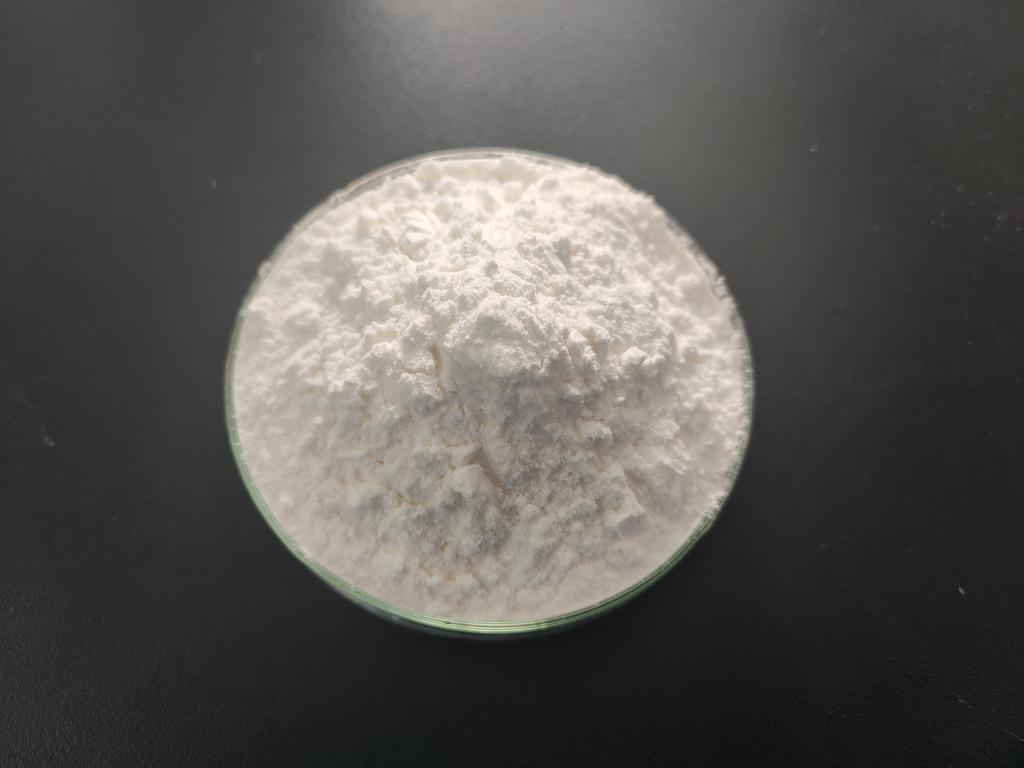Tel:0086 18231198596

News
Meeting Regulatory Standards: Navigating Approvals for ε-Polylysine Hydrochloride in Food Production
TIME:2023-12-27
1. Introduction: The Promise of ε-Polylysine Hydrochloride in Food Production:
ε-Polylysine Hydrochloride, a natural antimicrobial peptide, has shown tremendous potential in enhancing food safety and extending shelf life. Before delving into the regulatory aspects, it is crucial to understand why ε-Polylysine Hydrochloride is gaining attention in food production:
a. Antimicrobial Properties: ε-Polylysine Hydrochloride exhibits potent antimicrobial activity against a broad spectrum of microorganisms, making it an effective natural preservative.
b. Biocompatibility: Extensive safety studies have demonstrated the biocompatibility of ε-Polylysine Hydrochloride, indicating its suitability for use in food products.
c. Stability and Compatibility: The stability of ε-Polylysine Hydrochloride under various processing conditions, including heat treatments, adds to its appeal for food manufacturers.
2. Regulatory Approval Process: A Comprehensive Overview:
Securing regulatory approval for the use of ε-Polylysine Hydrochloride in food production involves a multi-faceted process that varies across regions. A comprehensive overview includes:
a. Submission of Data and Dossiers: Food manufacturers are typically required to submit comprehensive data on the safety, efficacy, and intended use of ε-Polylysine Hydrochloride. This includes toxicity studies, production processes, and analytical methods.
b. Risk Assessment: Regulatory bodies conduct thorough risk assessments to evaluate the potential risks associated with the use of ε-Polylysine Hydrochloride in food production. This involves toxicity testing and exposure assessments.
c. Review by Regulatory Authorities: Competent authorities review the submitted data to ensure compliance with safety standards and regulations. The review process may involve expert panels and committees.
d. Public Consultation: In some jurisdictions, public consultation may be part of the regulatory approval process, allowing stakeholders and the public to provide input and feedback.
3. Safety Assessments and Toxicology Studies:
Safety assessments form a critical component of the regulatory approval process for ε-Polylysine Hydrochloride in food production:
a. Acute and Chronic Toxicity Studies: These studies evaluate the potential toxic effects of ε-Polylysine Hydrochloride, including its impact on various organs and systems over short and long-term exposure.
b. Genotoxicity and Mutagenicity Assessments: To assess the potential for ε-Polylysine Hydrochloride to cause genetic damage or mutations, genotoxicity and mutagenicity studies are conducted.
c. Allergenicity Studies: Given the importance of allergen considerations, studies assess the potential of ε-Polylysine Hydrochloride to induce allergic reactions in sensitive individuals.
d. No Observed Adverse Effect Level (NOAEL) Determination: The NOAEL is identified through toxicology studies and represents the highest dose at which no adverse effects are observed.
4. International Regulatory Standards: Harmonization and Variances:
The regulatory landscape for food additives, including ε-Polylysine Hydrochloride, varies globally. Harmonization efforts and variances include:
a. Codex Alimentarius: The Codex Alimentarius Commission establishes international food standards and guidelines. While not legally binding, Codex standards influence national regulations.
b. European Union (EU): The EU has its regulatory framework for food additives, including a thorough approval process conducted by the European Food Safety Authority (EFSA).
c. United States (FDA): The U.S. Food and Drug Administration (FDA) evaluates the safety of food additives, and substances like ε-Polylysine Hydrochloride undergo a rigorous approval process.
d. China (CFDA): China's regulatory authority, the China Food and Drug Administration (CFDA), oversees the approval of food additives, aligning with international standards to some extent.
5. Case Studies: Success Stories and Challenges:
Examining case studies provides valuable insights into successful regulatory approvals and challenges faced by manufacturers:
a. Success Story: Japan's Approval of ε-Polylysine Hydrochloride: Japan has approved ε-Polylysine Hydrochloride as a food additive, with a regulatory process emphasizing safety assessments and risk evaluations.
b. Challenges in the EU Approval Process: The EU approval process for food additives is stringent, and manufacturers may face challenges in meeting the extensive data requirements and demonstrating safety.
c. U.S. FDA Approval Journey: Navigating the FDA approval process in the United States involves collaboration with regulatory experts, conducting robust studies, and addressing specific requirements.
6. Best Practices and Considerations for Food Manufacturers:
Food manufacturers seeking to incorporate ε-Polylysine Hydrochloride into their products should consider the following best practices:
a. Engage Regulatory Experts: Collaborating with regulatory experts facilitates a clear understanding of the approval process, data requirements, and specific considerations.
b. Comprehensive Data Submission: Providing a comprehensive set of data, including safety studies, production processes, and quality control measures, strengthens the regulatory submission.
c. Early Engagement with Regulatory Authorities: Engaging with regulatory authorities early in the process allows for feedback and clarification on expectations, potentially streamlining the approval journey.
d. Adherence to Good Manufacturing Practices (GMP): Following GMP ensures the quality, safety, and consistency of ε-Polylysine Hydrochloride production, supporting regulatory compliance.
7. Future Trends and Evolving Regulatory Standards:
As the field of food production evolves, so do regulatory standards. Future trends include:
a. International Harmonization: Ongoing efforts towards harmonization of international standards to create a more streamlined and consistent regulatory landscape.
b. Emphasis on Clean Labeling: Growing consumer demand for clean labeling and transparency may influence regulatory standards, encouraging the use of natural additives like ε-Polylysine Hydrochloride.
c. Integration of New Technologies: The incorporation of new technologies, such as advanced analytical methods and predictive modeling, into the safety assessment process.
Conclusion: Navigating the Path to Regulatory Approval for ε-Polylysine Hydrochloride:
In conclusion, the integration of ε-Polylysine Hydrochloride into food production processes requires a meticulous approach to regulatory approval. Manufacturers must navigate a complex landscape of safety assessments, toxicology studies, and international standards to ensure compliance. Case studies illustrate both successful regulatory journeys and challenges faced by food manufacturers. By adhering to best practices, engaging regulatory experts, and staying informed about evolving standards, food manufacturers can effectively navigate the path to regulatory approval for ε-Polylysine Hydrochloride, unlocking its potential benefits for enhancing food safety and shelf life.

 CONTACT
CONTACT




